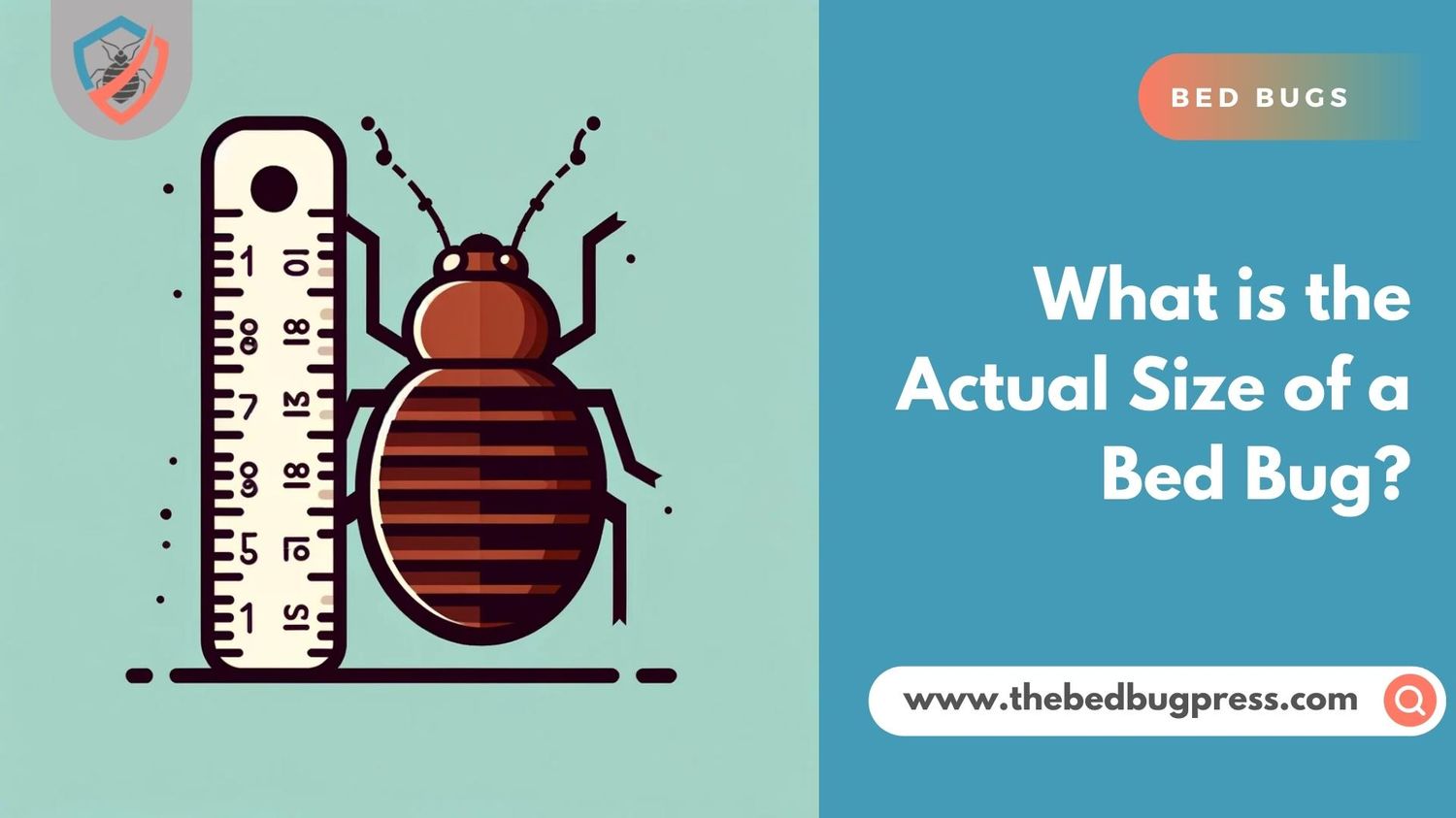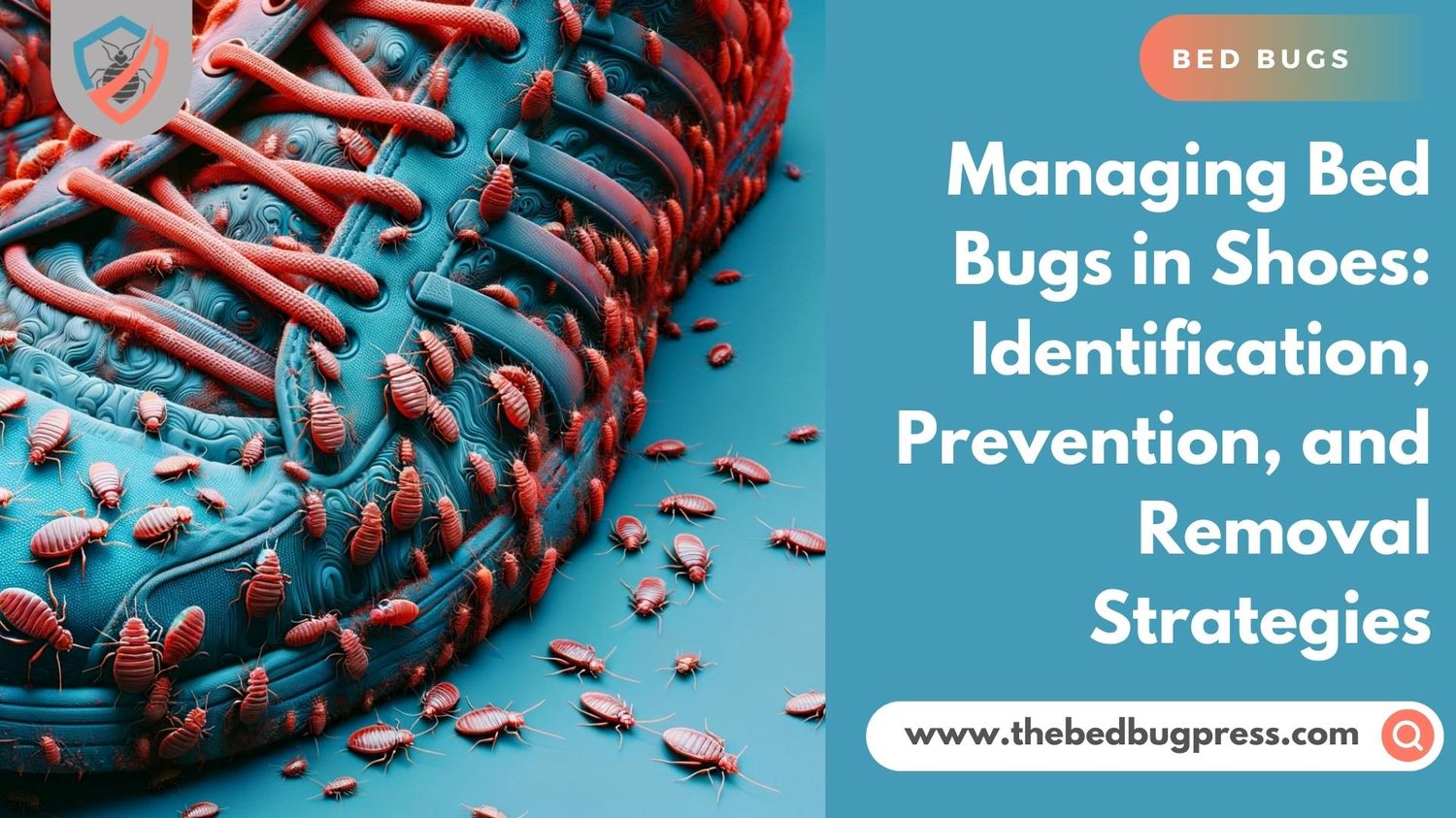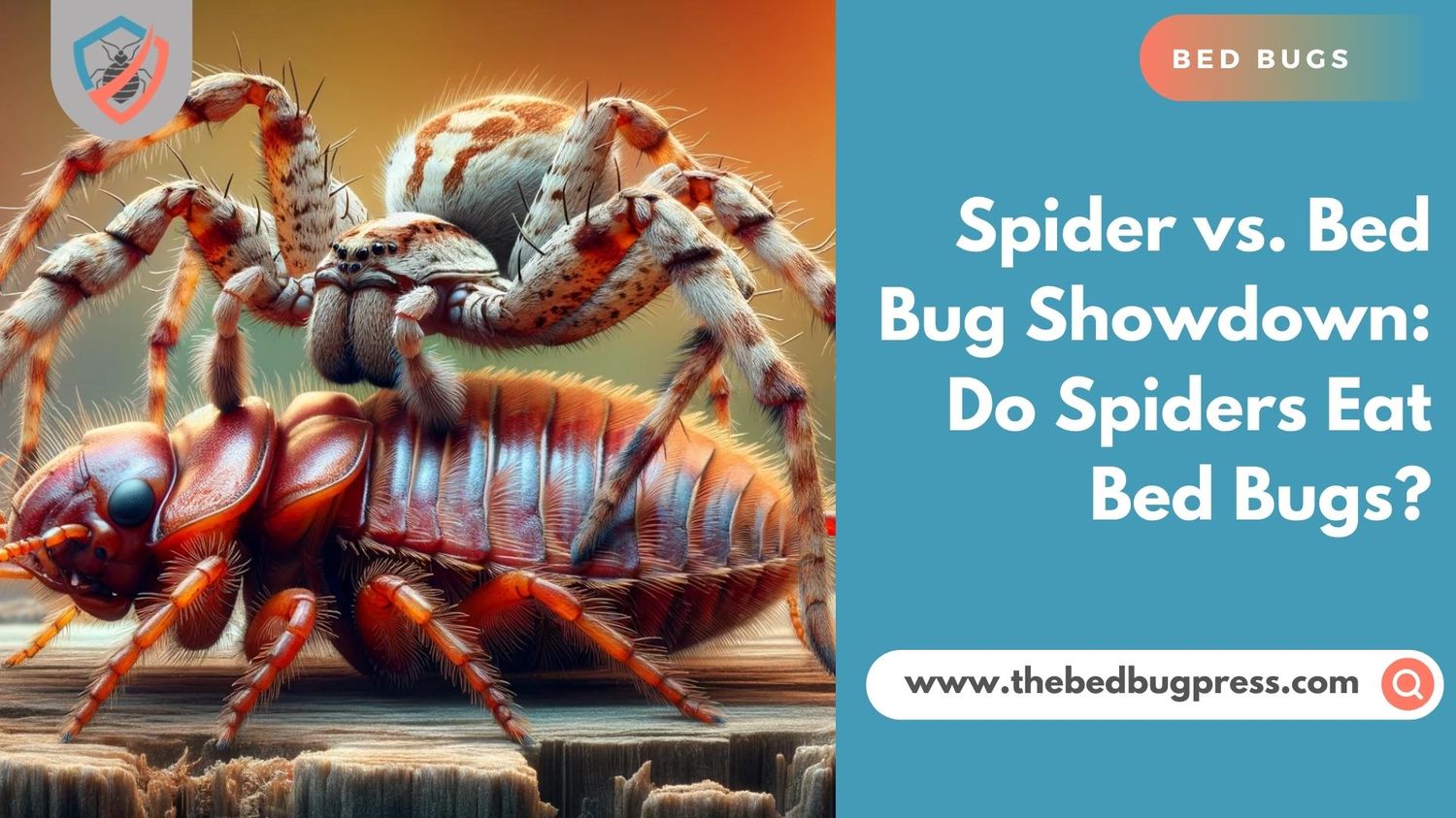Bed bugs are common pests that are found in different properties, and that does not exclude condominium units. If you are a condo unit owner or residing in a condo unit dealing deal with a bed bug infestation, you might be thinking who would pay for the extermination services.
A bed bug problem especially in adjoining units can become a complex issue. The answer behind who should pay the expenses will depend on several factors such as the governing documents of the building and the condo, local laws, and particular circumstances of the bed bug infestation.
Below, we will discuss some important considerations that will help determine who takes responsibility for paying the bed bug extermination costs in an infested rental unit.
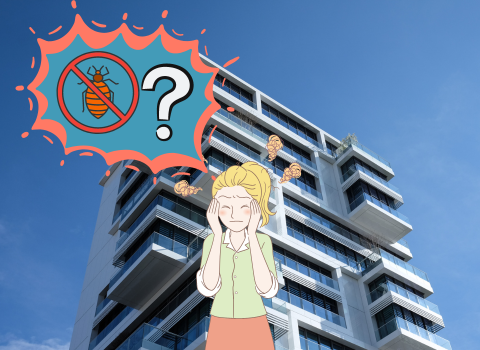
Bed Bugs in Your Condo? Don’t Panic – Here’s What You Can Do
It can be distressing to know that you have bed bugs in your condo. However, it is important that you stay calm and act immediately to prevent the problem from getting worse. The following are things that you can do once you found bed bugs in your condo unit:
Step 1 – Recognize Indications of Bed Bug Infestation
Start by searching for physical indicators such as live bed bugs, discarded skins, and brown or black fecal stains. Check your walls, furniture, and especially your bedding. Additionally, be alert to the presence of bed bug bites on different parts of your body, appearing in clustered or linear patterns.
Step 2 – Promptly Address Bed Bug Infestations
If you have discovered signs of bed bugs and confirmed their presence, take immediate action by isolating the infested area within your condominium unit. Declutter and thoroughly clean your living space to eliminate hiding spots for bed bugs. Consider engaging a professional bed bug exterminator who can perform a comprehensive treatment for your unit.
Follow the instructions of your chosen pest control expert diligently and remain patient throughout the process. Remember that treating bed bug infestations requires time and may necessitate additional treatments depending on the severity of the infestation.
Step 3 – Implement Preventive Measures
In this step, focus on implementing continuous monitoring and preventive practices. Prior to bringing in secondhand furniture or clothes, carefully inspect them for any signs of bed bugs. Seal all cracks and crevices in your floors and walls, as bed bugs can enter your unit through these openings. Make a habit of regular vacuuming and ensure proper disposal of the vacuum bag.
Remember that preventative measures help in avoiding reinfestations and control a current infestation in an infested unit. Thus, reducing the risks of dealing with the pests all over again and keeping your apartment unit pest-free.
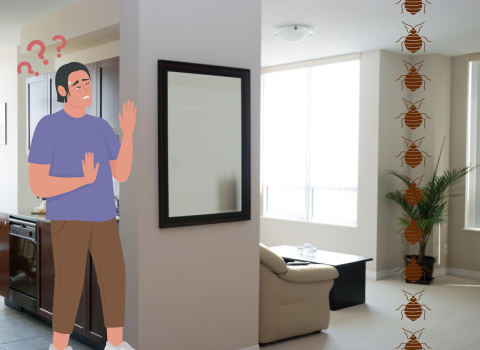
Don’t Let Bed Bugs Bite: How to Spot an Infestation in Your Condo
Bed bug bites cause a range of emotional and physical symptoms. When living in a condo, you should know how to spot the signs of a bed bug infestation so you can act promptly and address the problem before it gets worse.
Some of the key indicators that bed bugs are residing in your condo are the following:
Bite Marks
Since bed bugs feed on human blood, they would often leave small, red, itchy bite marks that are usually in clustered or linear patterns.
Fecal Stains
Bed bug fecal stains are usually brown or black and are found in walls and furniture, especially in your bed.
Shed Skins
Since bed bugs molt, they would tend to leave behind their shed skins that are visible in their common hiding areas.
Live Bed Bugs
Bed bugs are small, reddish-brown insects that are roughly the size and shape of an apple seed. They may be visible on bedding, furniture, or walls.
Unpleasant Odor
Bed bugs release a musty, unpleasant odor that may be noticeable in an infested area.
If you notice any of these signs in your condo, it’s important to act immediately to prevent further spread. This may include isolating the affected areas, decluttering, and cleaning your living space to eliminate hiding places for bed bugs, and hiring a professional pest control company to conduct a thorough treatment of your condo.
Alert Your Condo Association: Bed Bugs Are Not Your Problem Alone
Property owners must remember that dealing with bed bugs is not something that they should handle on their own. As one of the property owners in a condominium, it is important that you alert the condo association or the rental property and management company immediately about the issue.
Since bed bugs can spread to neighboring units quickly, it should be taken as a community-wide issue. You might not know it, but there is a chance that the condo association will have certain procedures ready to be implemented once a bed bug infestation starts. This may include hiring licensed pest control companies to conduct a thorough inspection and perform bed bug treatments in multiple units. The professionals may also work with residents to control the bedbug infestation with continuous bed bug monitoring and practicing preventative measures.
So, who pays for bed bug extermination in a condo? There are some cases where the condo associations cover the cost of bed bug extermination services through condo corporation, while there are times when the responsibility of paying for the services will be covered solely by a property owner or by residents affected by the issue.
Working with condo associations in addressing bed bugs will help in protecting the health and well-being of the residents. Also, it helps in preventing the spread of bed bugs to nearby units. Do not try to handle and treat the bed bug problem on your own, remember that it is a community-wide issue, so it is better that you get everyone concerned involved in the treatment process.

Bed Bugs in Condos: Sorting Out Responsibility Between Owners and Associations
Addressing bed bug infestations in condo units can be particularly complex especially when it comes to determining responsibility for the extermination and prevention of bed bugs. In general, responsibility for dealing with bed bugs in other units in a condo complex is shared between individual unit owners and the condo association or property management company.
The Role of Owners
In most cases, individual unit owners are responsible for keeping their units clean and free of pests. This means that if bed bugs are introduced to a unit through secondhand furniture, travel, or other means, it is the owner’s responsibility to hire a licensed pest control company to address the problem. However, if bed bugs are found to have spread from one unit to another, the responsibility for extermination may shift to the condo association or property management company.
Responsibilities of Condo Associations
The condo association or property management company is typically responsible for maintaining the common areas of the complex, including hallways, stairwells, and shared laundry facilities. If bed bugs are found in these areas, the association or management company is responsible for hiring a licensed pest control company to eliminate the problem.
In some cases, the responsibility for bed bug extermination and prevention may be defined in the condo association’s bylaws or governing documents. It’s important for condo owners and residents to review these documents carefully and to work with their association or management company to ensure that everyone is aware of their responsibilities for dealing with bed bugs.
Overall, the key to preventing and addressing bed bugs in condo complexes is communication and cooperation between individual unit owners and the condo association or property management company. Working together increases the chance to eliminate bed bugs and prevent future infestations in a timely and effective manner.




